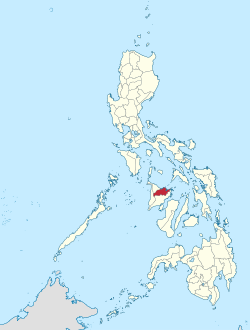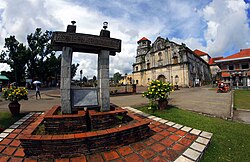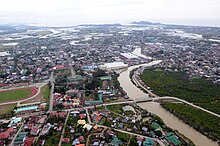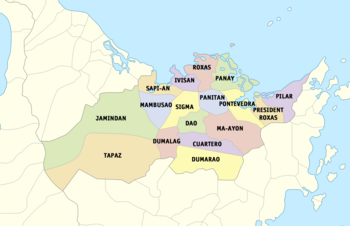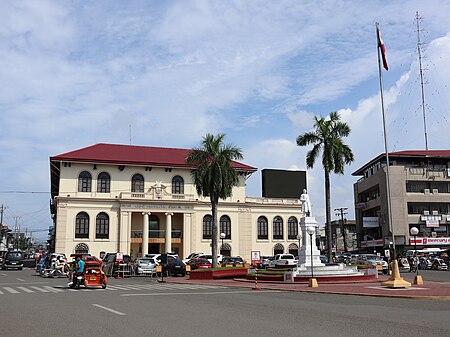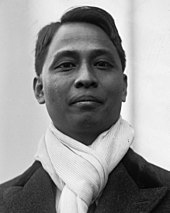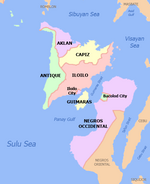
Panay is the sixth-largest and fourth-most populous island in the Philippines, with a total land area of 12,011 km2 (4,637 sq mi) and has a total population of 4,542,926 as of 2020 census. Panay comprises 4.4 percent of the entire population of the country. The City of Iloilo is its largest settlement with a total population of 457,626 inhabitants as of 2020 census.

Iloilo, officially the Province of Iloilo, is a province in the Philippines located in the Western Visayas region. Its capital and largest city is Iloilo City, the regional center of Western Visayas. Iloilo occupies the southeast portion of the Visayan island of Panay and is bordered by the province of Antique to the west, Capiz to the north, the Jintotolo Channel to the northeast, the Guimaras Strait to the east, and the Iloilo Strait and Panay Gulf to the southwest.
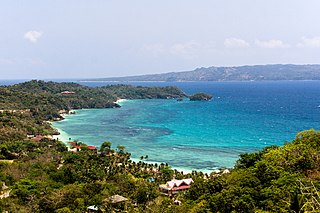
Aklan, officially the Province of Aklan, is a province in the Western Visayas region of the Philippines. Its capital is Kalibo. The province is situated in the northwest portion of Panay Island, bordering Antique to the southwest, and Capiz to the southeast. Aklan faces the Sibuyan Sea and Romblon province to the north.

Western Visayas is an administrative region in the Philippines, numerically designated as Region VI. It consists of six provinces and two highly urbanized cities. The regional center is Iloilo City. The region is dominated by the native speakers of four Visayan languages: Hiligaynon, Kinaray-a, Aklanon and Capiznon. The land area of the region is 20,794.18 km2 (8,028.68 sq mi), and with a population of 7,954,723 inhabitants, it is the second most populous region in the Visayas after Central Visayas.

Kalibo, officially the Municipality of Kalibo, is a first-class municipality and capital of the Province of Aklan, Philippines. According to the 2020 census, it has a population of 89,127 people.

Roxas, officially the City of Roxas, is a 3rd class component city and capital of the province of Capiz, Philippines. According to the 2020 census, it has a population of 179,292 people.

Altavas, officially the Municipality of Altavas, is a 4th class municipality in the province of Aklan, Philippines. According to the 2020 census, it has a population of 25,639 people.

Buruanga, officially the Municipality of Buruanga, is a 5th class municipality in the province of Aklan, Philippines. It is the farthest town of Aklan from its provincial capital. According to the 2020 census, it has a population of 19,357 people.

Libacao, officially the Municipality of Libacao, is a 3rd class municipality in the province of Aklan, Philippines. According to the 2020 census, it has a population of 28,272 people.

Malay, officially the Municipality of Malay, is a 1st class municipality in the province of Aklan, Philippines. It is the richest municipality in the province in terms of revenue. According to the 2020 census, it has a population of 60,077 people making it the second most populated town in Aklan.
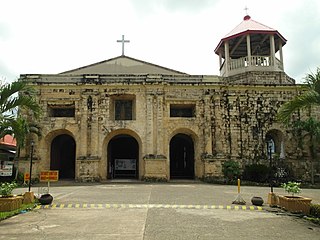
Dao, officially the Municipality of Dao, is a 4th class municipality in the province of Capiz, Philippines. According to the 2020 census, it has a population of 33,842 people.
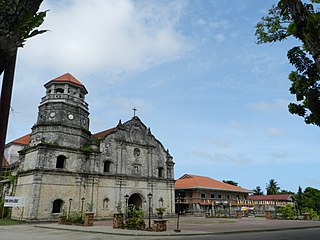
Panay, officially the Municipality of Panay, is a 3rd class municipality in the province of Capiz, Philippines. According to the 2020 census, it has a population of 48,890 people.

Sapian, officially the Municipality of Sapian, and sometimes spelled Sapi-an, is a 4th class municipality in the province of Capiz, Philippines. According to the 2020 census, it has a population of 26,697 people. It is 27 kilometres (17 mi) from Roxas City, the provincial capital.

Tapaz, officially the Municipality of Tapaz, is a 1st class municipality in the province of Capiz, Philippines. According to the 2020 census, it has a population of 54,423 people.

San Jose, officially the Municipality of San Jose, is a 5th class municipality in the province of Romblon, Philippines. According to the 2020 census, it has a population of 11,759 people.

Balasan, officially the Municipality of Balasan, is a 4th class municipality in the province of Iloilo, Philippines. According to the 2020 census, it has a population of 35,064 people.

Calinog, officially the Municipality of Calinog, is a 1st class municipality in the province of Iloilo, Philippines. According to the 2020 census, it has a population of 62,853 people.
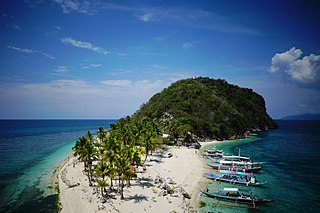
Carles, officially the Municipality of Carles, is a 2nd class municipality in the province of Iloilo, Philippines. According to the 2020 census, it has a population of 72,637 people.

Estancia, officially the Municipality of Estancia, is a 2nd class municipality in the province of Iloilo, Philippines. According to the 2020 census, it has a population of 53,200 people.
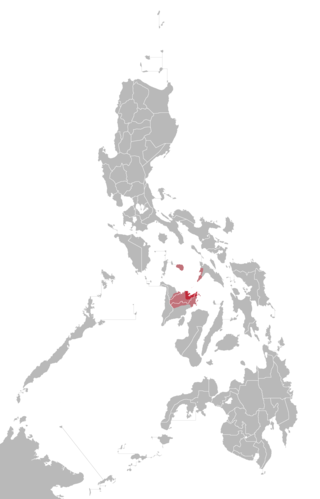
Capiznon or Capiceño is an Austronesian regional language spoken in Western Visayas in the Philippines. Capiznon is concentrated in the province of Capiz in the northeast of Panay Island. It is a member of the Bisayan language family and the people are part of the wider Visayan ethnolinguistic group, who constitute the largest Filipino ethnolinguistic group. The language is often confused with Hiligaynon due to dialectological comprehension similarities and as high as 91% mutual intelligibility, but it has its certain unique accent and vocabulary that integrates Aklanon and Waray lexicon. Despite its distinct corruption of Hiligaynon lateral approximants, a prevalent feature among rural farmers, ethnic convergence and cosmopolitanism has led to a shift back to the purely Hiligaynon prosodic form of slower tonality and softer and longer vowels most particularly among the younger generations.
